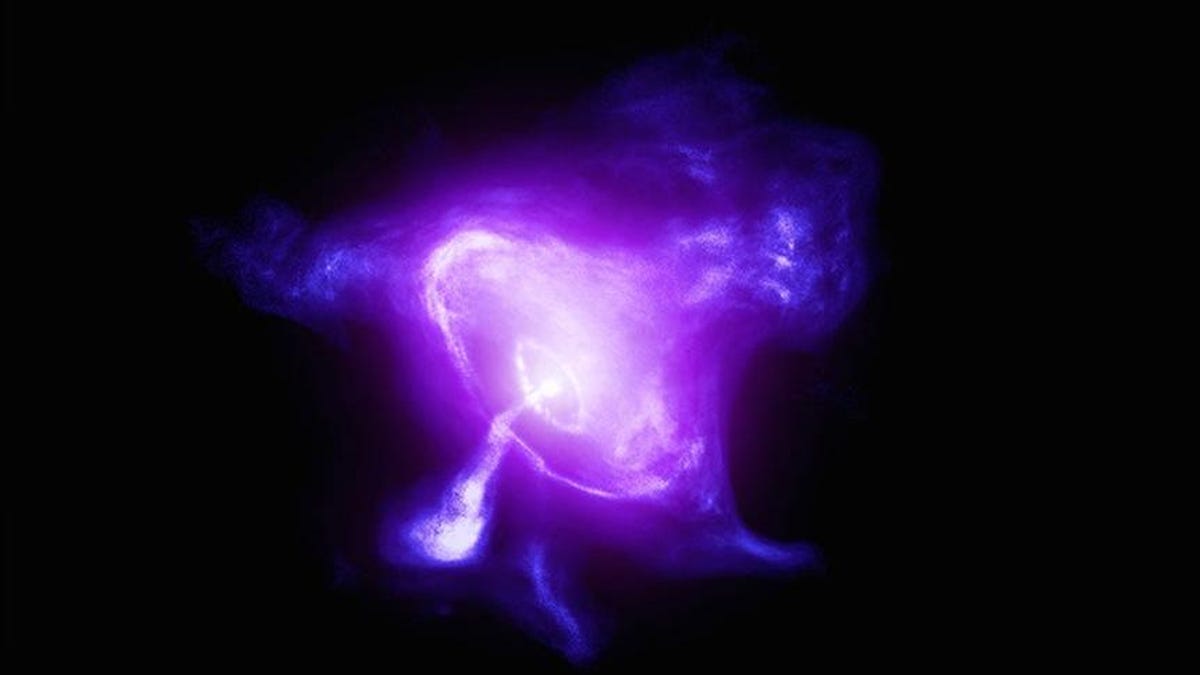It might be the end of the road for two of NASA’s most iconic telescopes as the space agency looks to reduce the funding for the Hubble Space Telescope and the Chandra X-Ray Observatory, much to the dismay of scientists who rely heavily on the cosmic observations of the missions.
Shortly after the fate of its 2024 budget was sealed, NASA released its budget proposal for 2025, requesting $1.58 billion for its astrophysics division. Despite the 3% increase from what the space agency received this year to spend on astrophysics research, it represents a small reduction in the amount spent on Hubble and a major downgrade for Chandra’s budget.
The proposed budget for Hubble Space Telescope in 2025 is $88.9 million, a slight decrease from $98.3 million in 2024, while the Chandra X-Ray Observatory would drop from $68.3 million in 2023 to $41.1 million in 2025 and a further reduction to $26.6 million the following year.
“The reduction to Chandra will start orderly mission drawdown to minimal operations,” the budget document read. In its budget request, NASA argues that the Chandra spacecraft “has been degrading over its mission lifetime to the extent that several systems require active management to keep temperatures within acceptable ranges for spacecraft operations. This makes scheduling and the post processing of data more complex, increasing mission management costs beyond what NASA can currently afford.”
Patrick Slane, director of the Chandra X-ray Center, responded in a statement, arguing that, while temperatures of the spacecraft have been increasing, the team has “developed thermal models and processes to manage this situation and have done so with amazing success—experiencing little or no decrease in observing efficiency, which far exceeds the initial requirements for the mission.”
In the statement, Slane also expressed confusion over NASA’s claim of increasing costs, recalling that there was only one instance in which the Chandra mission requested two additional people on the flight team, resulting in a 1% increase in cost in 2022.
The decision may not be a reflection of Chandra per say, but rather an indication of the budgetary constraints on NASA. The space agency received $24.875 billion for its budget this year, about half a billion less than its 2023 budget and some $2.31 billion short of what it was hoping to spend on its various programs in 2024.
Chandra and Hubble are the only two remaining Great Observatories, NASA’s four large telescopes launched between 1990 and 2003, marking a golden age of cosmic discovery (the Compton Gamma Ray Observatory, launched in 1991, and the Spitzer Space Telescope, launched in 2003, are the others). Hubble launched on April 24, 1990, and has since revolutionized our view of the universe, capturing images of merging galaxies and nebulae teeming with baby stars as far as 13.4 billion light-years away. Launched on July 23, 1999, Chandra, the most powerful X-ray telescope, observes the cosmos with eight times the resolution of any previous X-ray telescope and provides the most captivating images of bursting supernovae and distant quasars.
Accordingly, the Save Chandra movement is calling on astronomers and the public to do just that—take action and save the veteran telescope from the chopping block. The group, however, does not put the blame on NASA, but rather cites “fiscal stress” as the main cause behind the telescope’s budget cuts.
“Every trade [NASA makes] is a painful zero-sum game amid immense downward pressure from a contracting top-line budget,” the Save Chandra website reads. “They don’t want to destroy the U.S. X-ray community, although that is a very real possibility if we stay on this current course and prematurely cancel Chandra.”
For more spaceflight in your life, follow us on X and bookmark Gizmodo’s dedicated Spaceflight page.

